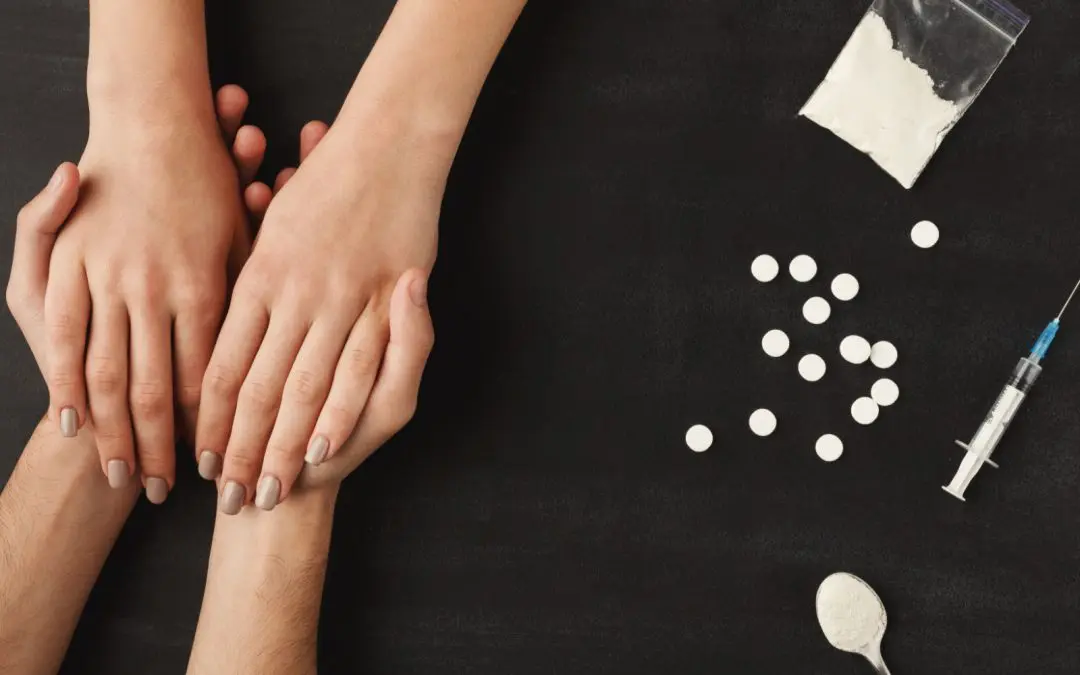24/7 Helpline:
(866) 899-221924/7 Helpline:
(866) 899-2219
Learn more about Cocaine Rehab centers in Homosassa Springs
Cocaine Rehab in Other Cities

Other Insurance Options

Multiplan

Kaiser Permanente

Absolute Total Care

CareSource
Beacon

BlueCross

Sutter

CareFirst

American Behavioral

Ceridian

UnitedHealth Group

Premera

Holman Group

ComPsych

Molina Healthcare

Choice Care Network

Amerigroup

Health Partners

MHNNet Behavioral Health

Group Health Incorporated












